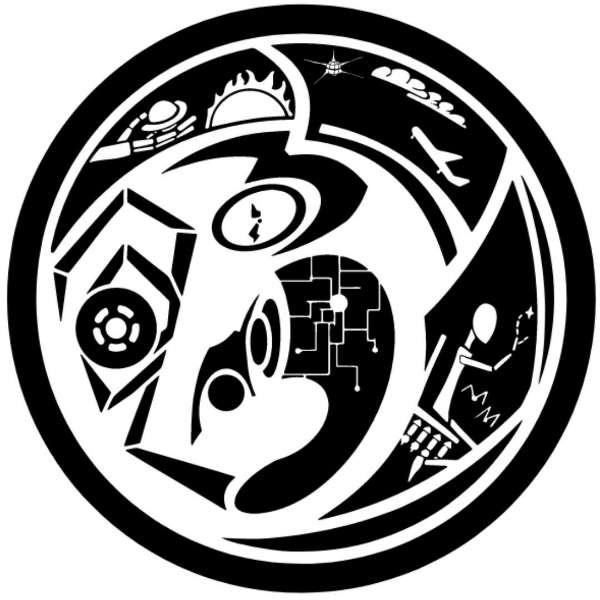Euclidean / Principal Ideal / Unique Factorization Domain

I took Abstract Algebra I/II in UW-Madison(MATH541) with professor Chenxi Wu and Tonghai Yang. This article is inspired by prof. Wu's lecture note, and many formats, content, and structure of this blog are influenced by and similar to it.
RECAP
Please read this introduction with a complete understanding of ring.
Euclidean Domains
Definition 1. [Euclidean domain, Euclidean function]
An integral domain
Example 2.
Theorem 3. Let
Definition 4. [Principal Ideal, Generating Set]
- Let
be a communicative ring with identity. An ideal is called a principal ideal, written as , with called the generator; - More generally, let
be the index set, , then the ideal consists all of the elements of the form , with , and all but finitely . Then, is called the ideal generated by , written as , and is called its generating set;
Definition 5. [Principal Ideal Domain(PID), Greatest Common Divisor]
- An integral domain with every ideal is principal is called principal ideal domain(PID).
Definition 6. [Multiple/Divide/Divisor, Greatest Common Divisor]
is said to be a multiple of iff there is another element with . In this case, we say divide , or is a divisor of . - From Theorem 3, we have for any
, . is called the greatest common divisor of and , denoted as .
Definition 7. [Coprime] Let
Proposition 1. If
Definition 8. [Unit, Prime Ideal]
Let
is a unit if it has multiplicative inverse. - An ideal
is a prime ideal if and only if , at least one of and is also in .
Proposition 9. If
Theorem 10. Let
is a g.c.d. of and ; can be written as an R-linear combination of and . There are such that
Principal Ideal Domains (PID)
Definition 11. [Principal Ideal Domain (P.I.D.)]
- An integral domain is Principal Ideal Domain if and only if every ideal is principal.
Some examples:
is a PID. is not PID. A counterexample is , which is a nonprincipal ideal.
Proposition 12. Every nonzero prime ideal in a Principal Ideal Domain is a maximal ideal.
Corollary 13. If
Definition 14. [Dedekind-Hasse Norm]
- We define a norm
to be a Dedekind-Hasse norm if is a positive norm and for every non-zero either is an element of the ideal or there exists with .
Proposition 15. Integral domain
Unique Factorization Domain (UFD)
In terms of the integers
Definition 16. [Irreducible/Reducible, Prime, Associate]
Let
- Let
be a non-unit element. We say is reducible if and only if there are two non-unit elements such that . Otherwise, we say is irreducible if and only if such that , at least one of is a unit. - A non-zero element
is called prime if and only if is a prime ideal. That is, for any , either or . - Two elements
are said to be associate if and only if there exists a unit such that .
Proposition 17. In an integral domain, every prime element is irreducible.
Proposition 18. In a PID, a non-zero element is prime if and only if it is irreducible.
Definition 19. Unique Factorization Domain (UFD)
An integral domain
can be written as a finite product of irreducibles ; - For any other factorization of
into irreducibles , we have , and we can renumber the factors so that is associate to for .
Proposition 20. In a UFD, a nonzero element is prime if and only if it is irreducible.
Proposition 21. Let R be an UFD,
are prime factorizations for
is a GCD of
Theorem 22. Every PID is a UFD. In particular, every Euclidean Domain is a UFD.
Corollary 23. (Fundamental Theorem of Arithmetic)
The integer ring
Corollary 24. Let
- Title: Euclidean / Principal Ideal / Unique Factorization Domain
- Author: Harry Huang (aka Wenyuan Huang, 黄问远)
- Created at : 2024-12-01 17:00:23
- Updated at : 2025-10-06 18:05:57
- Link: https://whuang369.com/blog/2024/12/01/Math/Abstract_Algebra/Euclidean_Domain_and_Congurence_Problems/
- License: This work is licensed under CC BY-NC-SA 4.0.